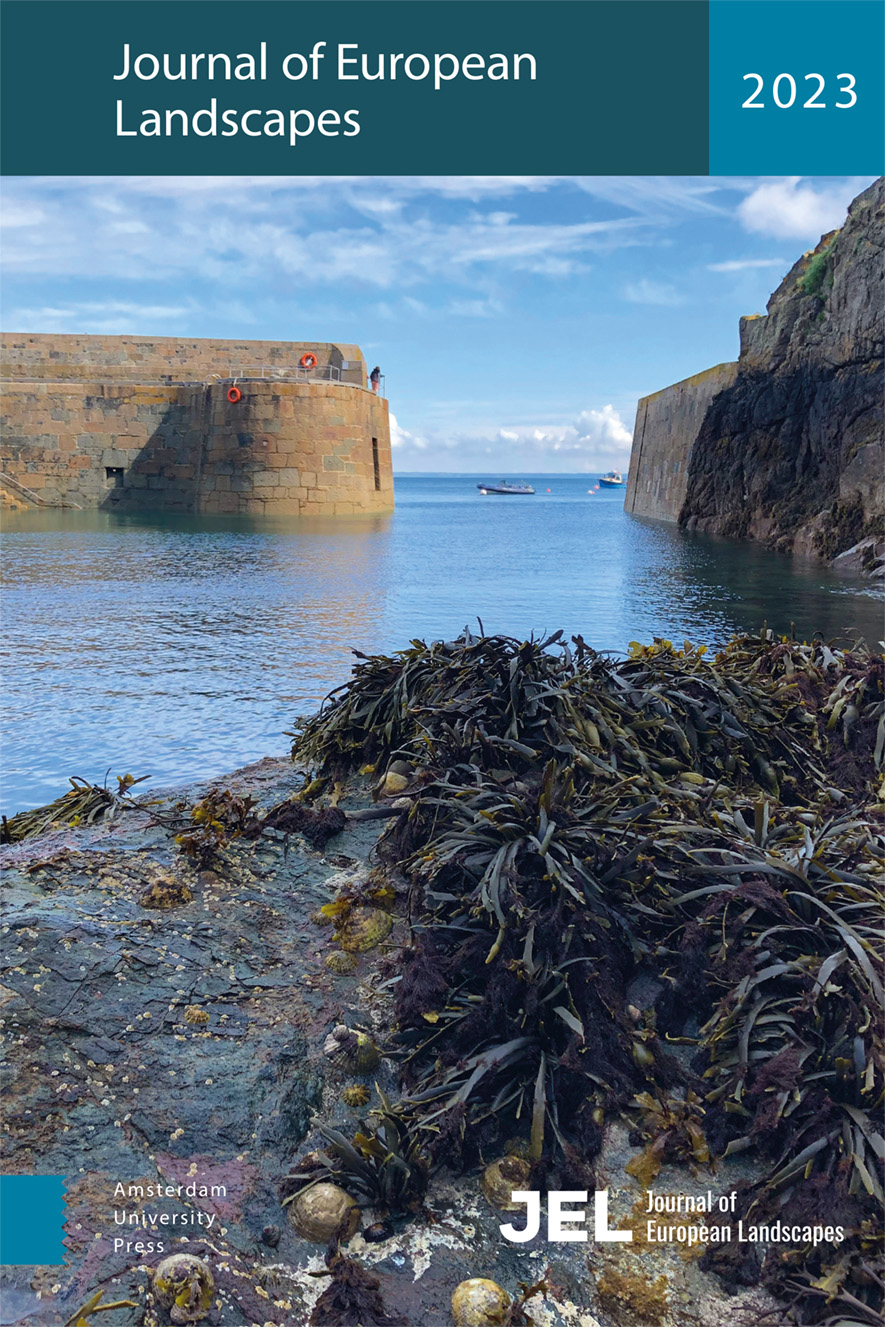-
oa Educational Strategies in Cultural Landscapes. Are we complying with the Faro Convention?
- Amsterdam University Press
- Source: Journal of European Landscapes, Volume 3, Issue 3, Nov 2022, p. 11 - 25
-
- 01 Jul 2022
Abstract
The Faro Convention1 underlined the importance of educational initiatives related to heritage. This paper focuses on the educational dimension of landscape, as a means to better facilitate its social acceptance and hence its inclusion in planning and management processes. The relation between landscape education and social perception, through a few European examples will be analysed to ascertain whether the principles of the Convention are being complied with effectively.
The authors introduce four case studies of heritage-related education carried out in three European countries (Spain, Norway and Italy). These case studies provide the possibility to coherently analyse a wide range of activities and initiatives occurring at various scales and levels: geographic, local and sectoral. In addition, they describe the pedagogical potential of cultural landscapes and cultural heritage, and highlight some of the educational strategies and measures currently used in this field.



